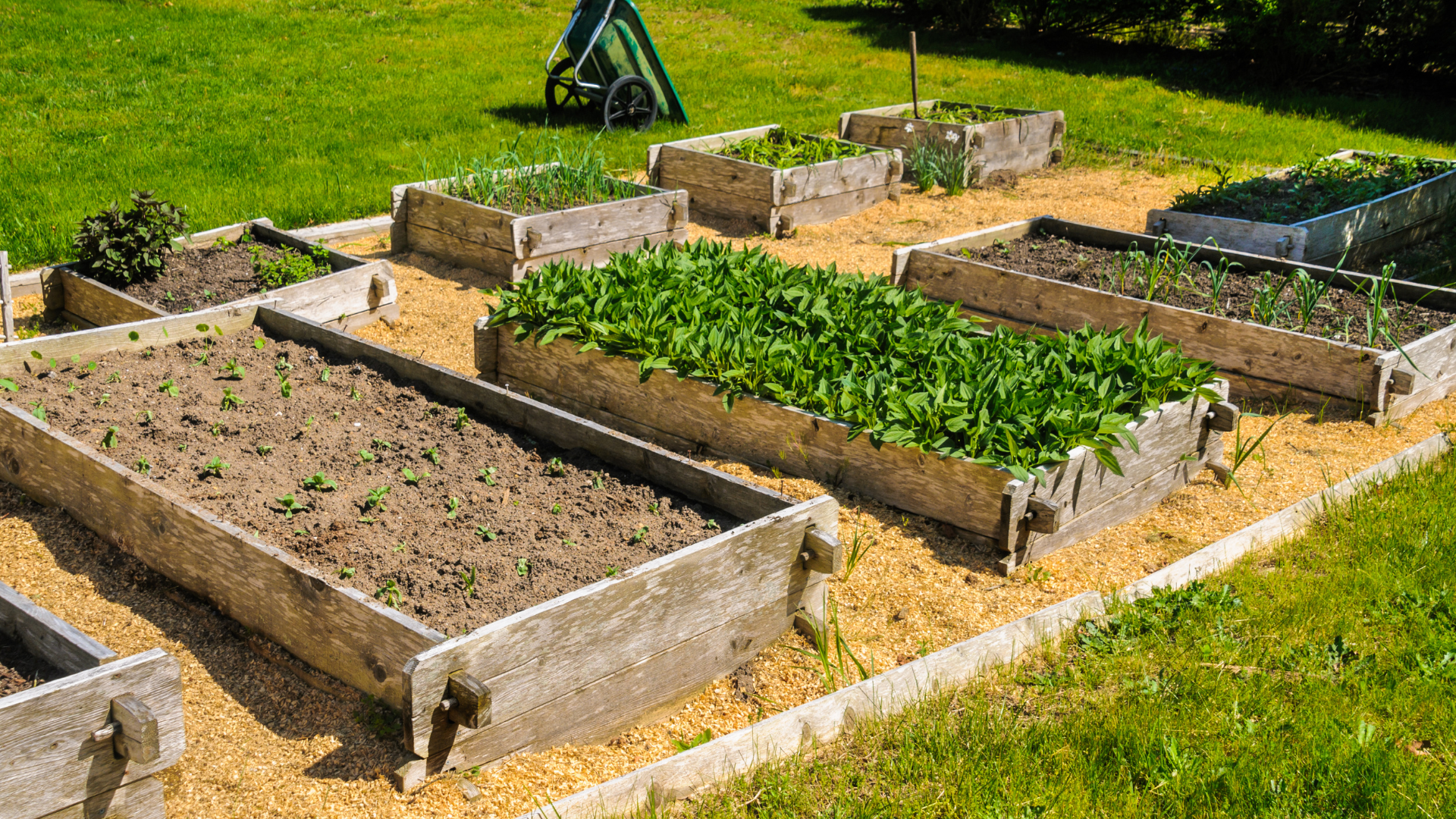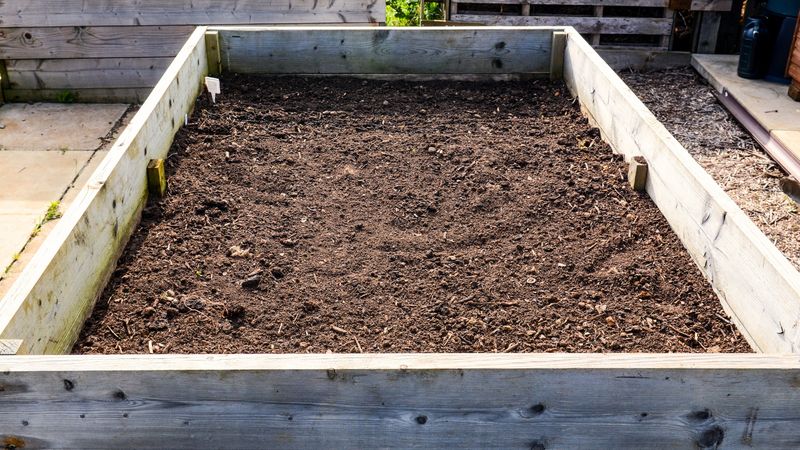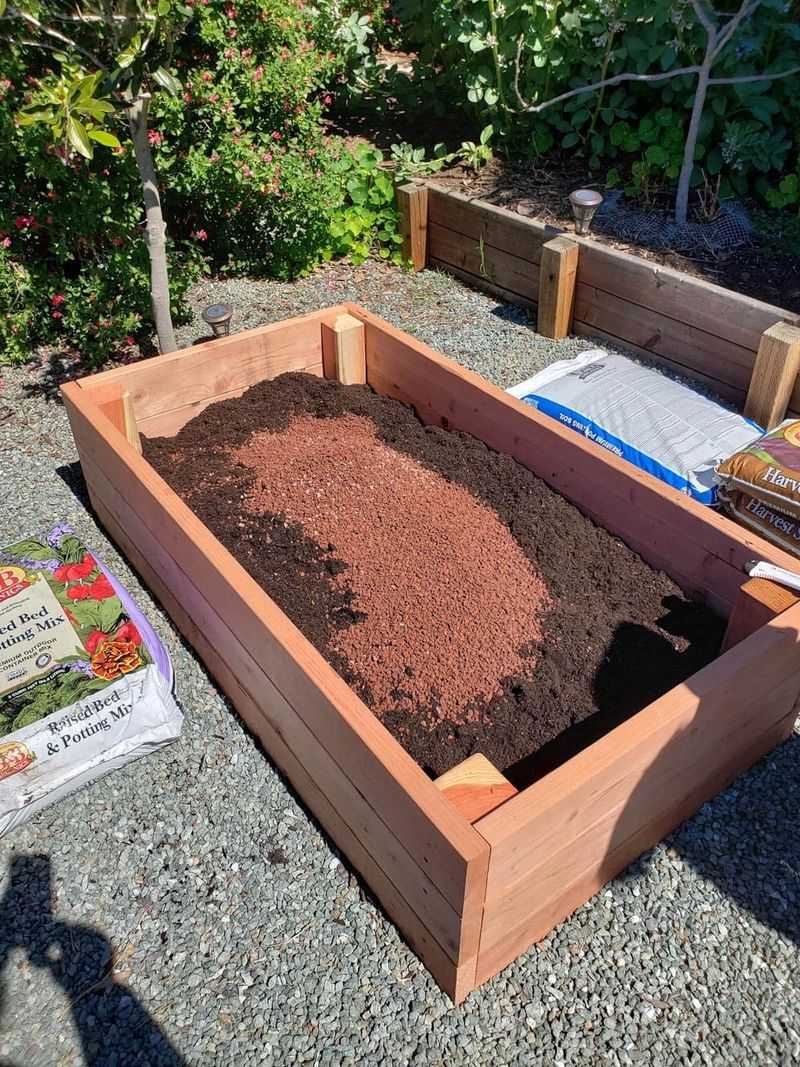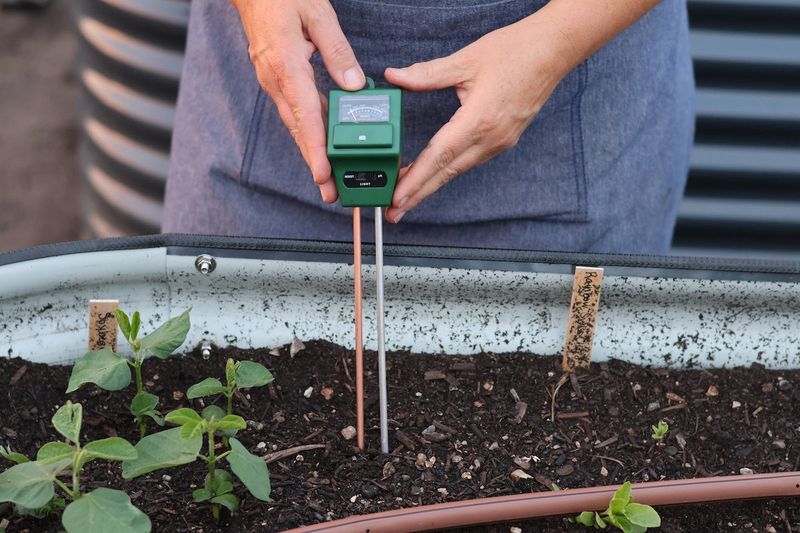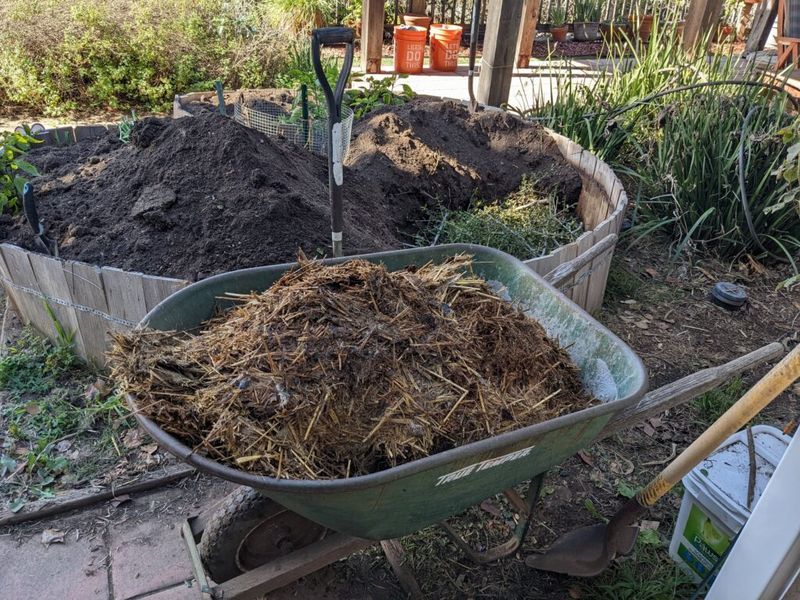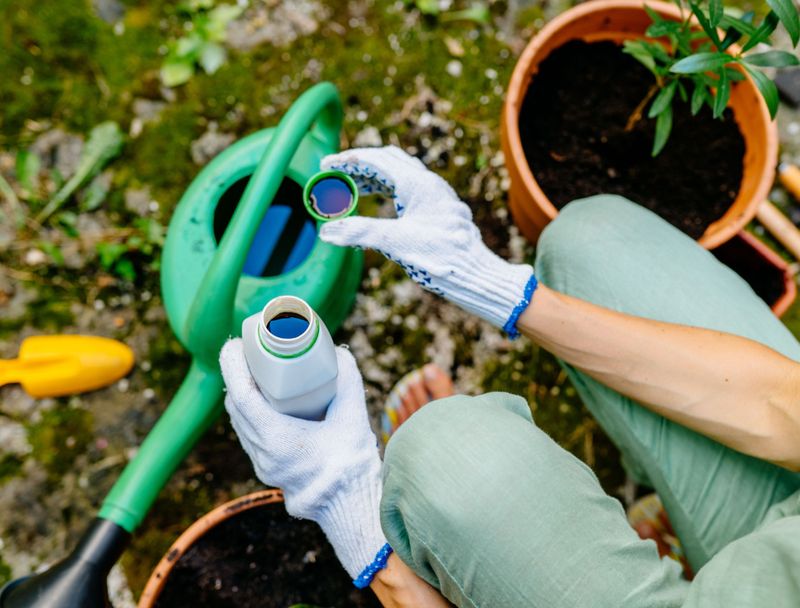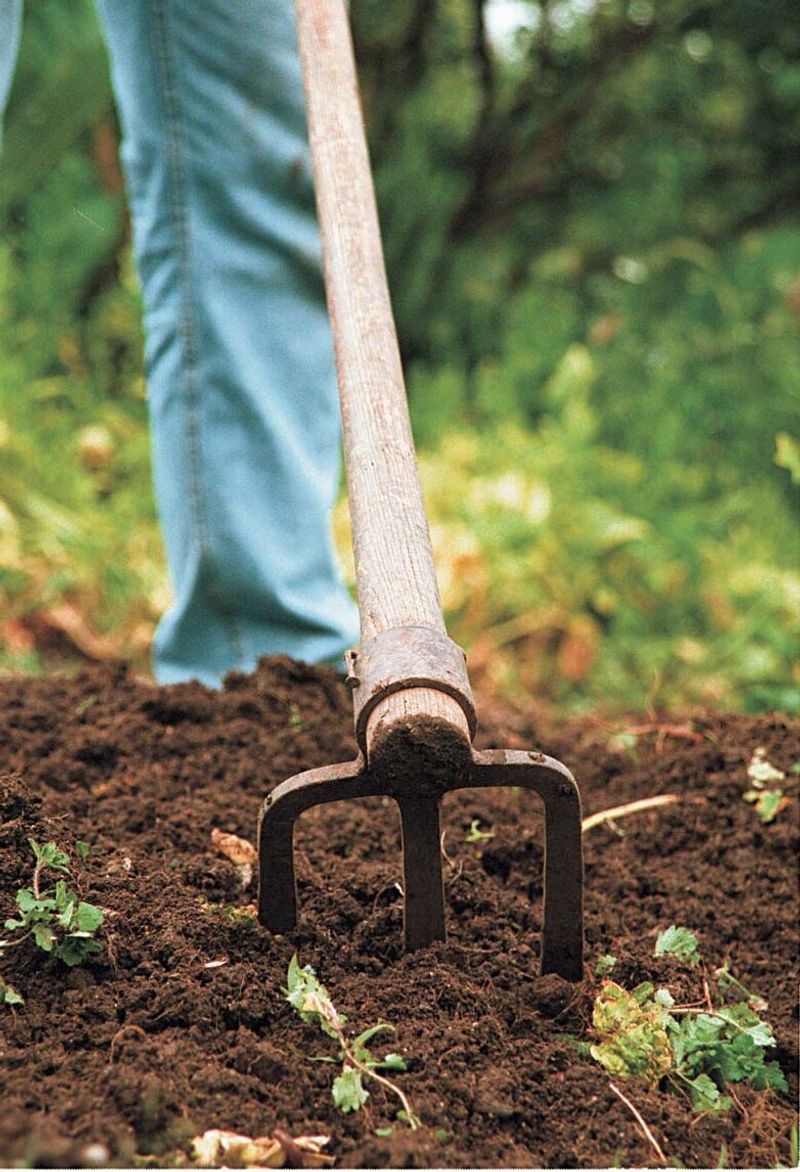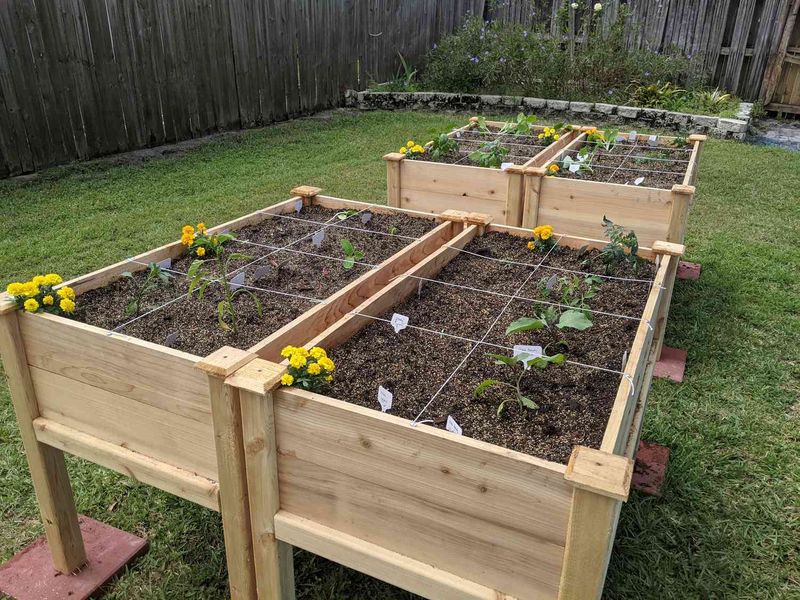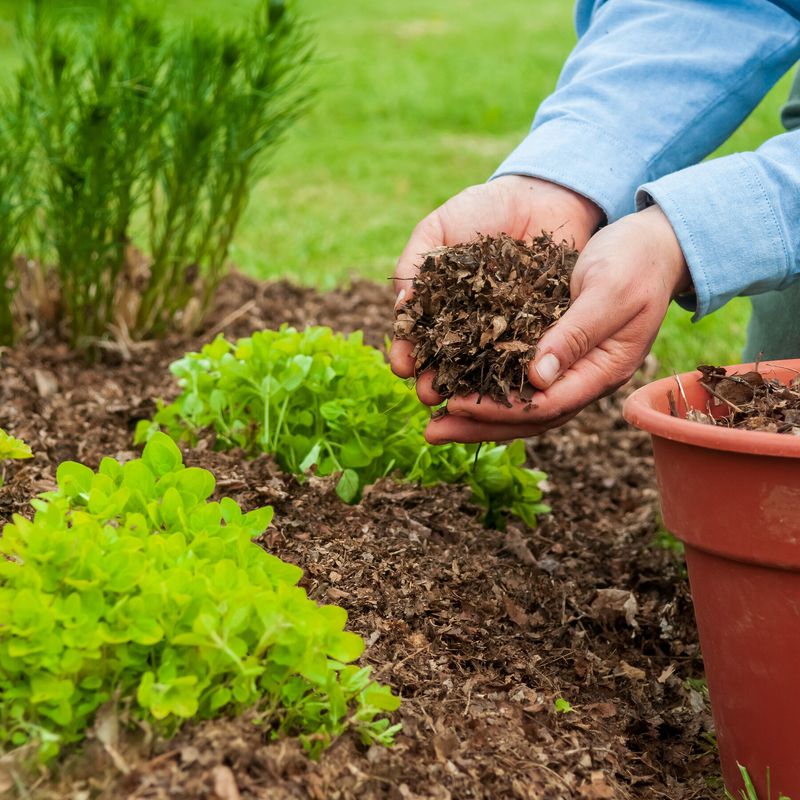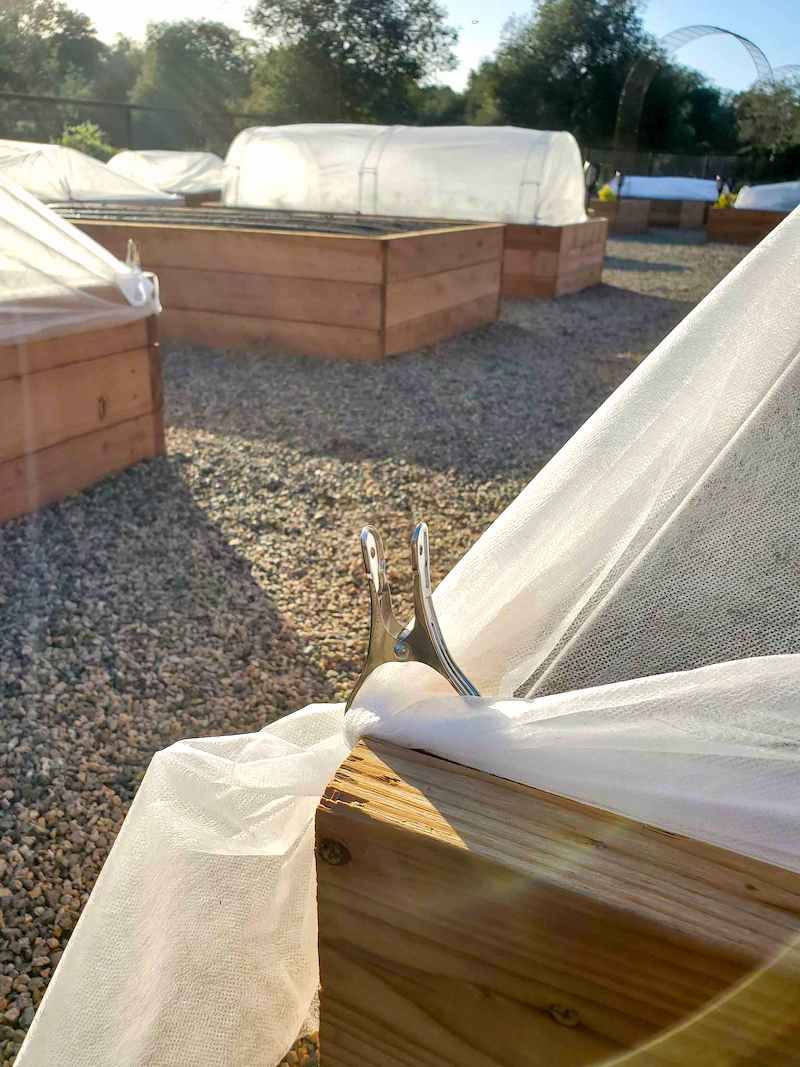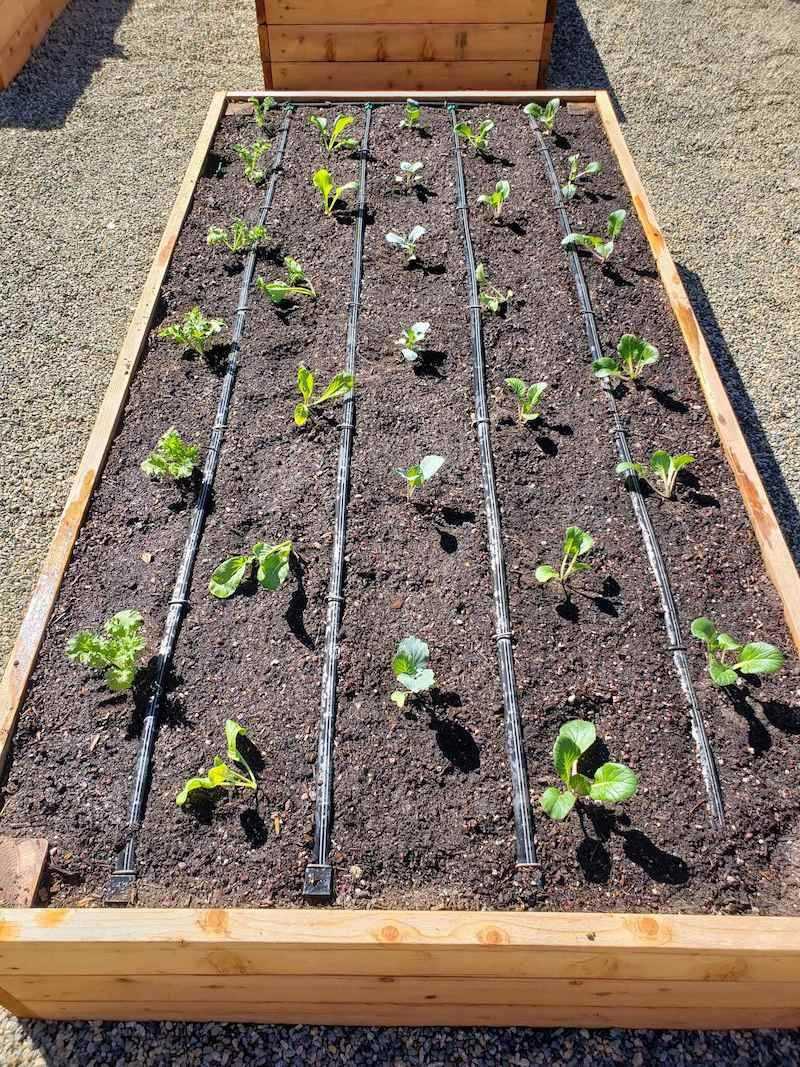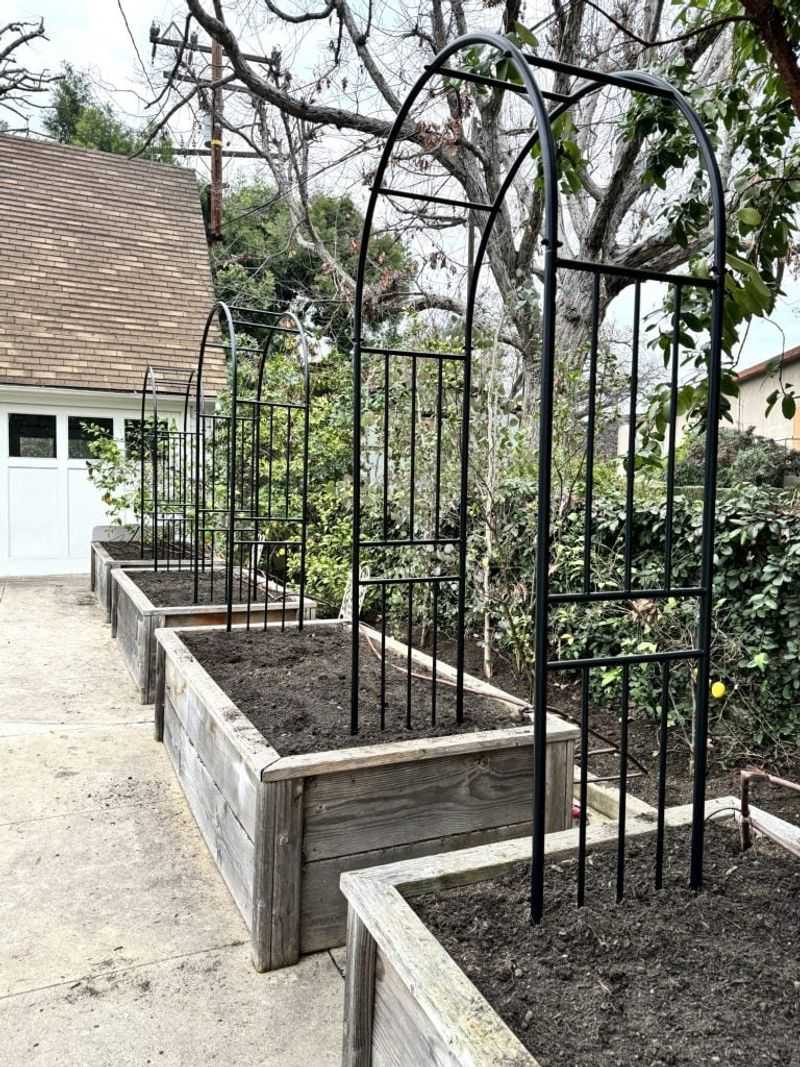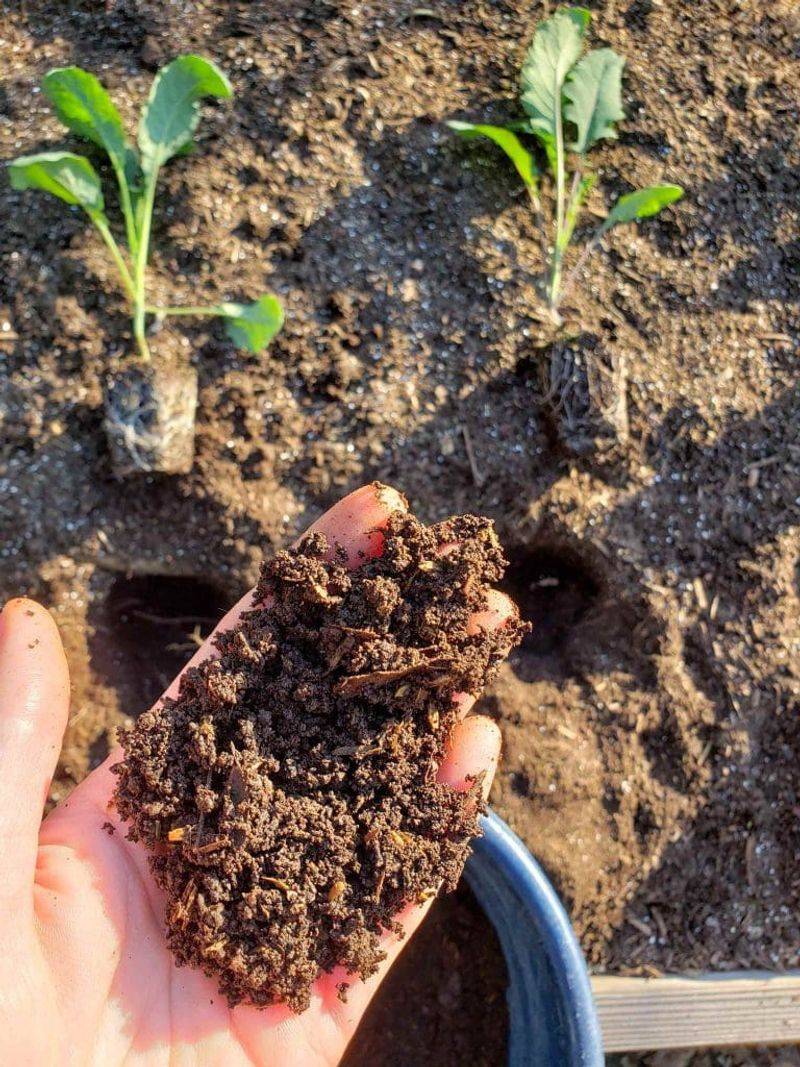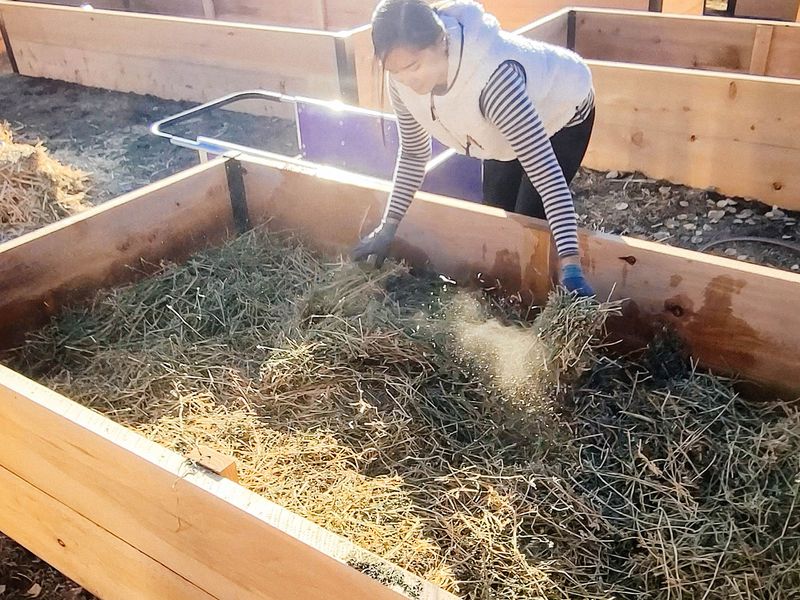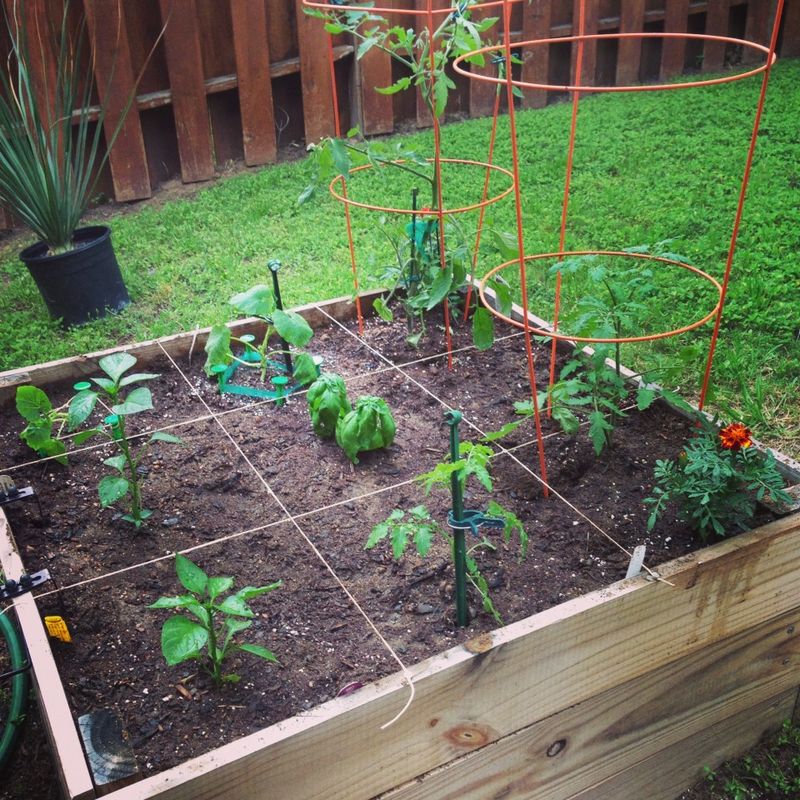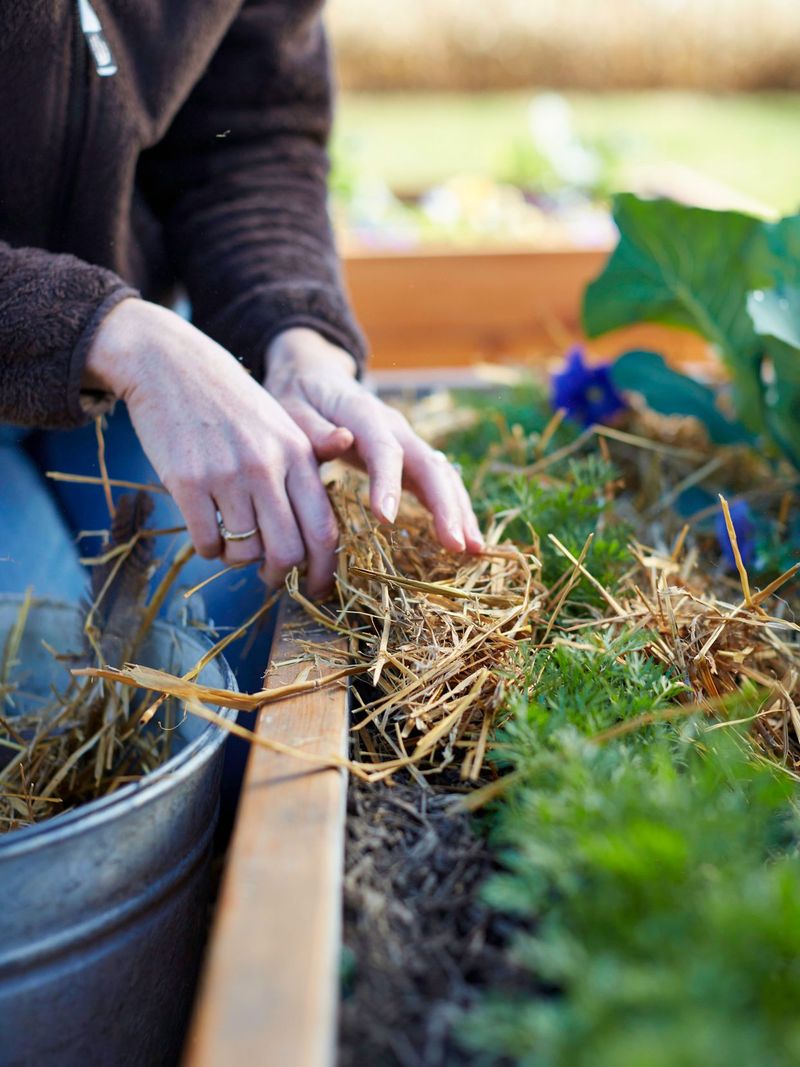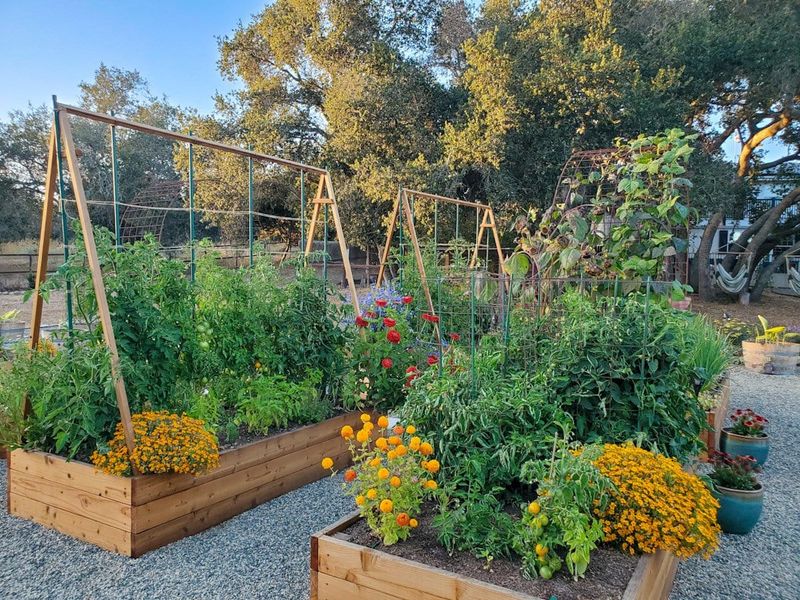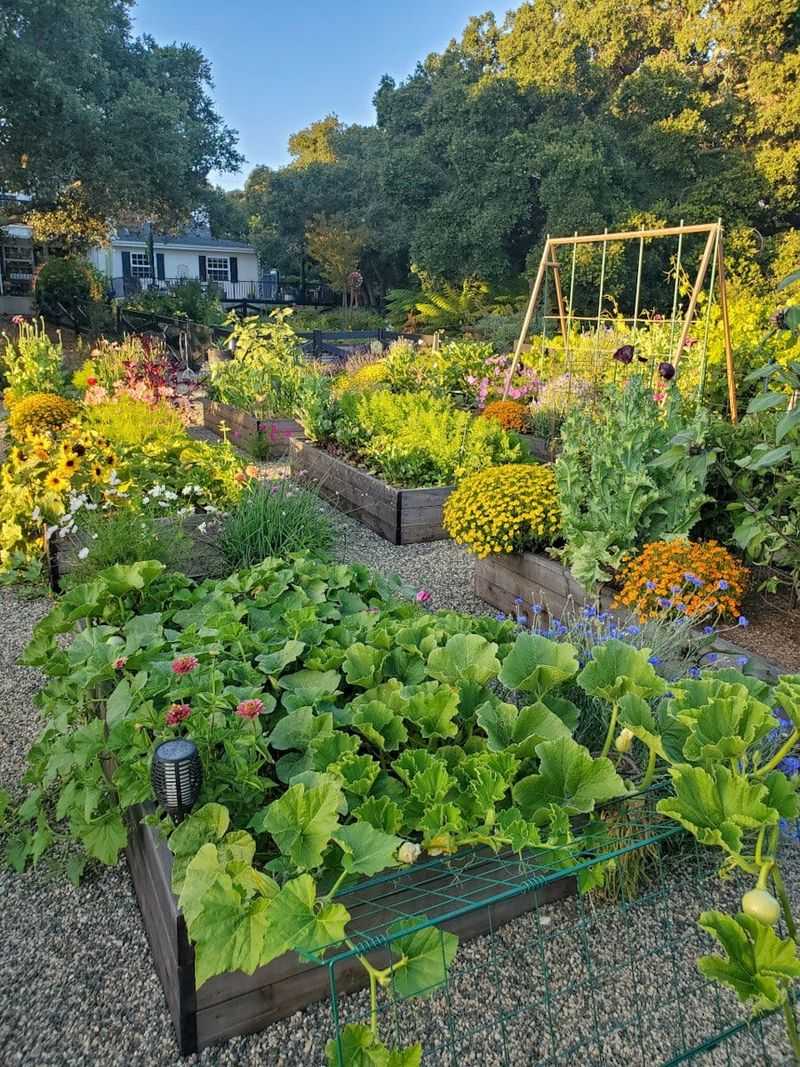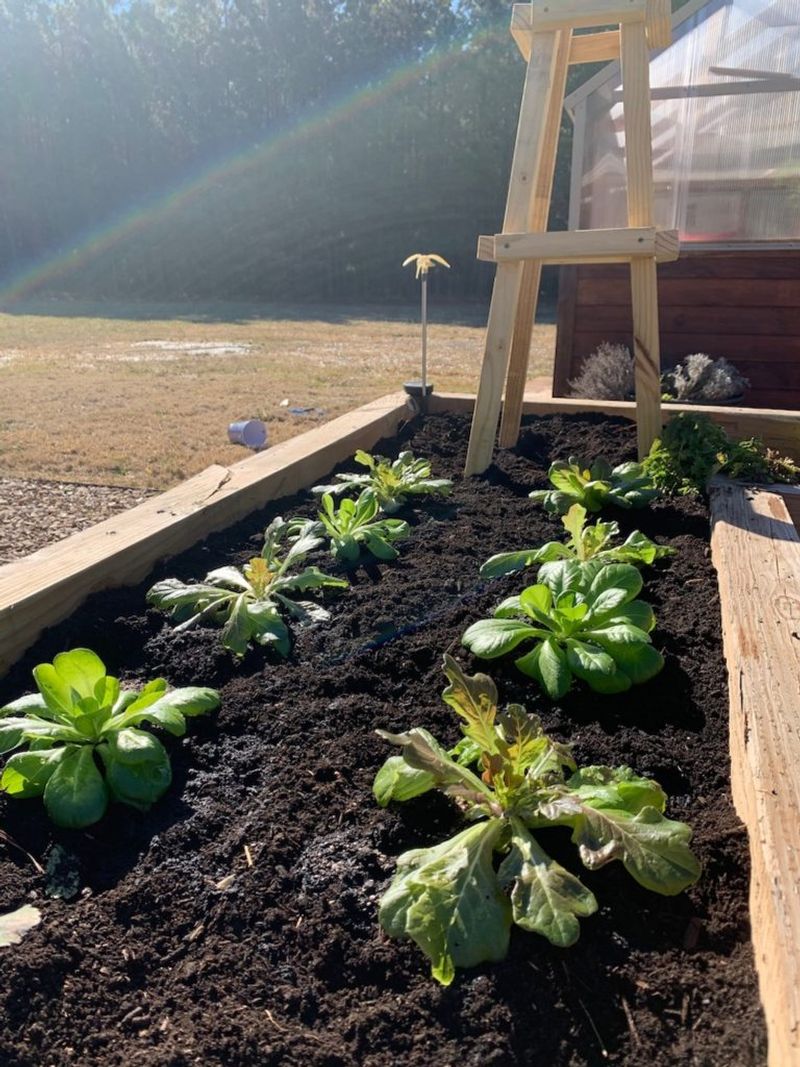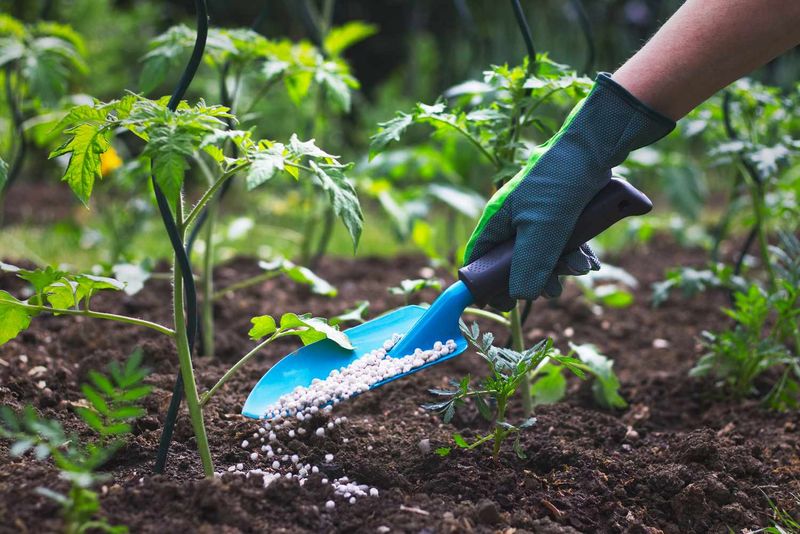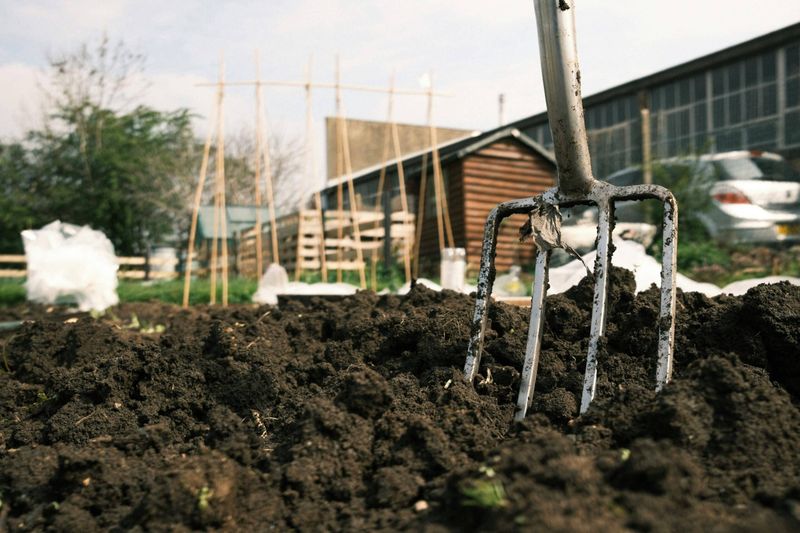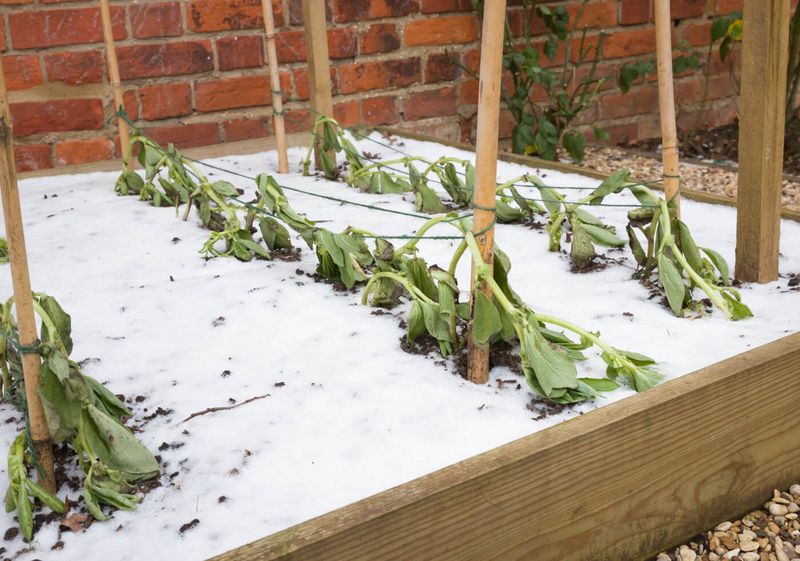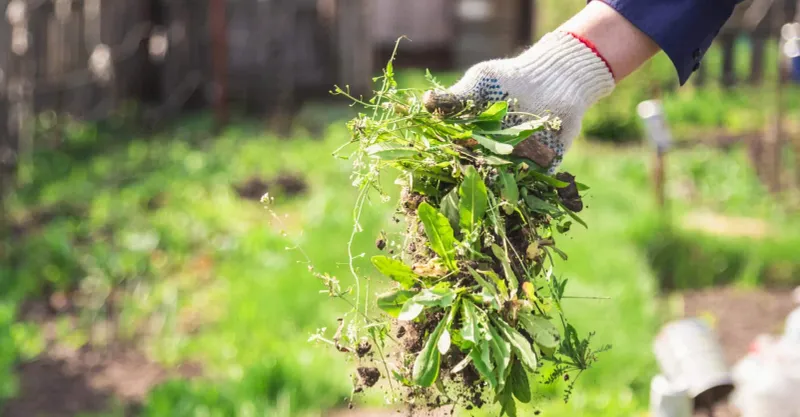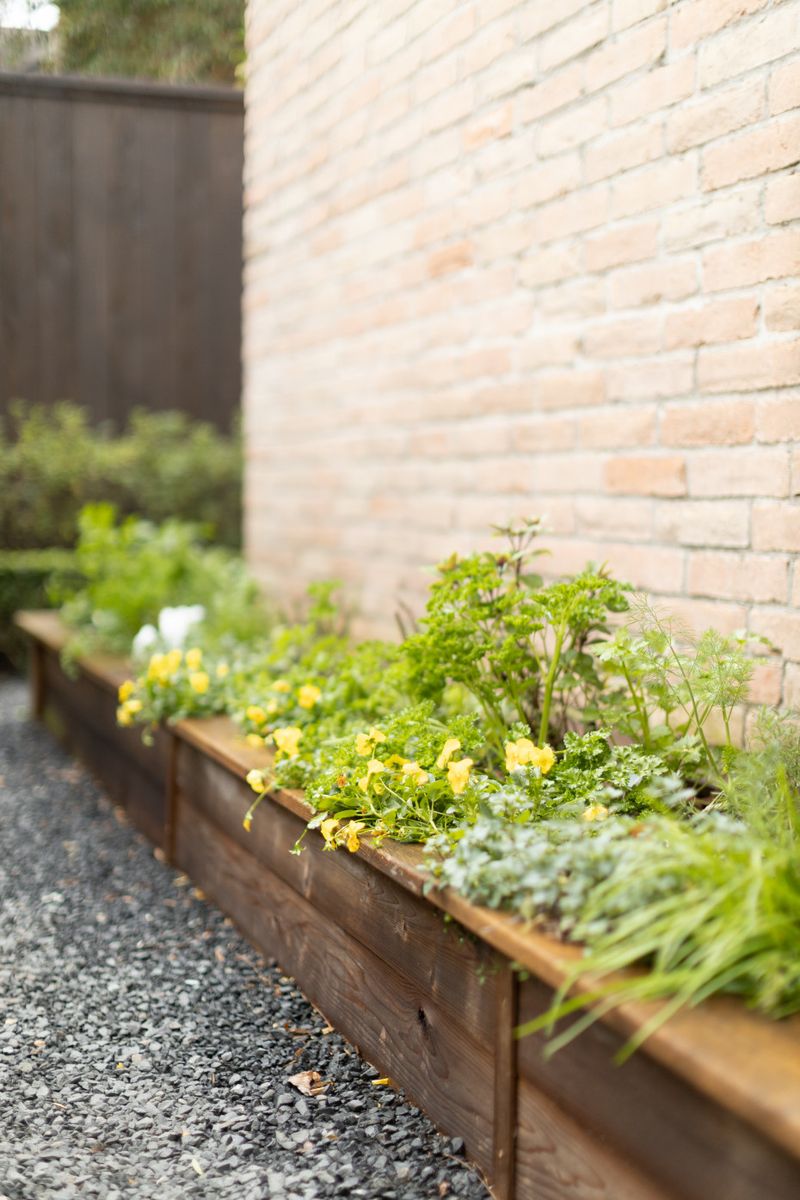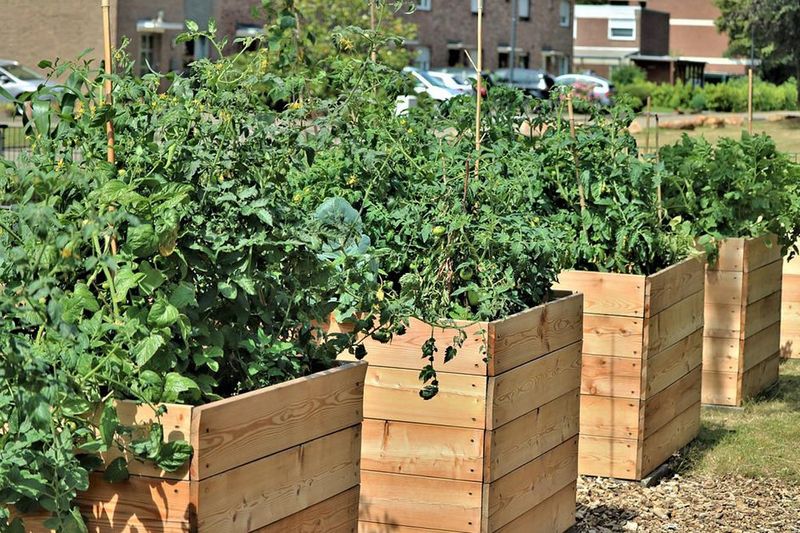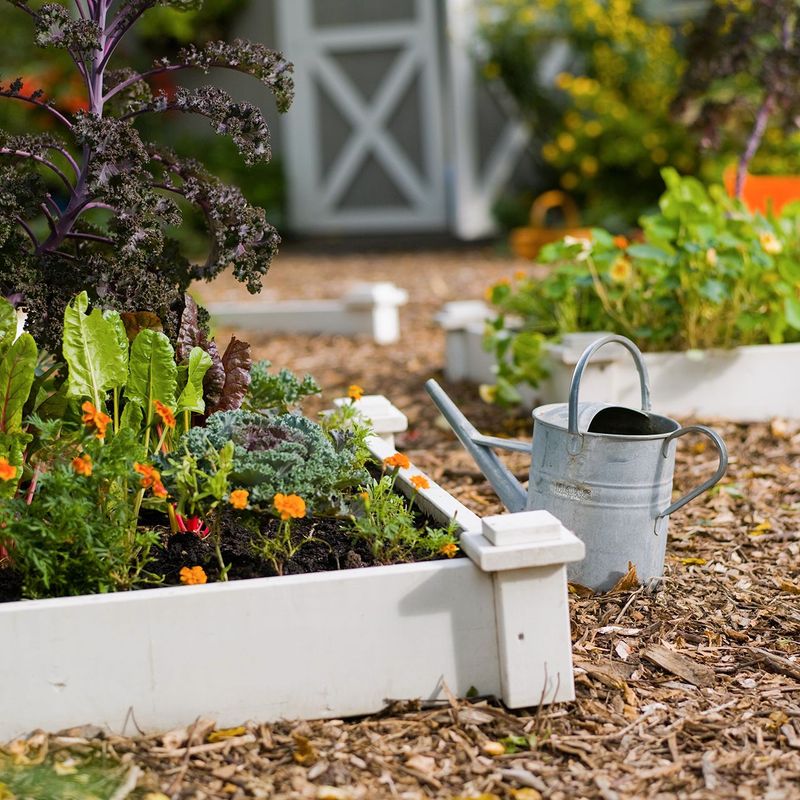Crafting the perfect raised garden bed is like cooking up a tasty meal. You need the right ingredients, a good set of tools, and, of course, a dash of love.
I learned that the hard way after my first attempt, which turned out more like a garden disaster than a paradise!
But after a bit of trial and error, I found that these tips are the secret sauce to a thriving garden. Trust me, once you’ve got these down, your backyard will become your new favorite kitchen.
1. Clear out old debris
When you embark on a new gardening journey, the first step involves clearing out what’s left behind. Removing old debris like dried leaves and twigs prepares the ground for something fresh.
It’s like cleaning a room before decorating it anew. Once the soil is clear, you’ll find it easier to plan your layout and see the potential of your garden bed.
This simple act sets the stage for new growth, allowing your garden to breathe and flourish with renewed vigor.
2. Add fresh compost
Adding compost is like giving your garden a vitamin boost. Fresh compost enriches the soil, providing essential nutrients that plants need to grow strong.
It’s a simple way to ensure your plants have the best start possible. Not only does it improve soil structure, but it also increases its ability to retain moisture.
With nutrient-rich compost, your garden bed becomes a welcoming home for plants to thrive. Healthy soil leads to healthy plants, making compost an essential ingredient in gardening.
3. Test soil pH
Understanding the pH level of your soil can be a game-changer. The soil’s pH affects how well plants can absorb nutrients. It’s like knowing the secret code to unlocking your garden’s full potential.
By testing the pH, you can adjust it to match the needs of your plants. Whether you need to make it more acidic or alkaline, knowing the pH helps you create a balanced environment.
This ensures that your raised garden bed supports healthy plant growth and leads to a successful harvest.
4. Incorporate organic matter
Organic matter is like the secret ingredient in a tasty dish. When you add it to your garden bed, it enhances soil health and fertility.
It breaks down slowly, feeding the soil over time and improving its structure. By incorporating organic matter like leaves or straw, you create a nurturing environment for beneficial microorganisms.
This boosts plant growth and resilience. Your garden bed will be a hotspot of life and productivity, thanks to this organic boost.
5. Aerate the soil
Aerating the soil is like letting your garden take a deep breath. By creating small holes, you allow air, water, and nutrients to penetrate more easily.
This simple action can make a huge difference in plant health and growth. It prevents soil compaction, ensuring that roots have room to expand and explore.
Aeration promotes healthy root development, leading to robust plants. It’s an easy way to boost your garden’s vitality and ensure that your raised beds produce like champs.
6. Add slow-release fertilizer
Slow-release fertilizer is like a steady diet for your plants. It gradually releases nutrients over time, ensuring that your plants have a consistent supply.
Unlike quick fixes, slow-release options provide long-term benefits without overwhelming the soil. This helps maintain healthy growth and prevents nutrient burn.
With a balanced nutrient supply, your plants will grow strong and resilient. Incorporating slow-release fertilizer into your gardening routine ensures that your raised beds stay productive throughout the season.
7. Turn the soil gently
Gently turning the soil is like giving your garden a gentle massage. It mixes layers, improves aeration, and helps incorporate organic matter evenly.
This process enhances soil structure without disturbing beneficial organisms. By being gentle, you maintain the integrity of the soil and prevent compaction.
This creates a perfect environment for roots to grow and absorb nutrients. It’s a small yet effective step in preparing your raised bed for planting.
8. Level the bed
Leveling the bed is akin to setting the stage for a performance. A smooth, even surface ensures uniform water distribution and prevents erosion.
It also makes planting easier and more efficient. With a level bed, you can create neat rows or patterns, enhancing both aesthetics and functionality.
Taking the time to level the bed sets the foundation for a successful garden. It’s a simple step that leads to a beautiful and organized growing space, ready for planting.
9. Check for good drainage
Good drainage is the unsung hero of a healthy garden. It prevents waterlogging, root rot, and other issues that can stunt plant growth.
By ensuring proper drainage, you create an ideal environment for roots to thrive. This means checking the soil texture and making necessary adjustments, like adding sand or gravel.
With good drainage, your plants won’t be swimming in excess water. Instead, they’ll grow strong and productive, making your raised bed a model of efficiency and health.
10. Consider adding mulch
Mulch is like a cozy blanket for your soil. It retains moisture, suppresses weeds, and regulates soil temperature. Adding mulch to your raised bed is a smart move in gardening.
Not only does it keep the soil cool and moist, but it also improves its structure over time. Mulch acts as a protective barrier, reducing erosion and soil compaction.
It transforms your garden bed into a thriving ecosystem by encouraging beneficial organisms. This makes it a worthy addition to any garden.
11. Use row covers for early planting
Row covers are like an extra layer of protection for your plants. They shield seedlings from harsh weather, pests, and even frost.
By using row covers, you can start planting earlier in the season without worrying about temperature fluctuations. These covers create a microclimate that encourages growth and resilience.
They also help extend the growing season, allowing you to enjoy fresh produce for longer. With row covers, your plants get a head start in a safe, nurturing environment.
12. Install drip irrigation
Drip irrigation is the efficient gardener’s best friend. It delivers water directly to the plant roots with minimal waste. This method conserves water and ensures that your plants receive consistent moisture.
By installing a drip irrigation system, you also reduce the risk of diseases caused by wet foliage. It’s a smart investment that pays off with healthier plants and reduced water bills.
With drip irrigation, your raised bed becomes a model of sustainability and productivity.
13. Plant cold-tolerant crops first
Cold-tolerant crops are the pioneers of early planting. They can withstand chilly temperatures and thrive when others might falter.
By planting these crops first, you make the most of the growing season. Vegetables like kale, spinach, and peas do well in cooler weather.
They establish themselves early, offering a bounty long before other plants are ready. Starting with cold-tolerant crops is a savvy strategy that ensures a continuous harvest.
14. Set up vertical structures for climbing plants
Vertical structures open up new dimensions in gardening. They provide support for climbing plants, maximizing space and yield.
By setting up trellises or stakes, you encourage plants like beans and cucumbers to grow upwards. This not only saves valuable ground space but also enhances air circulation.
Growing vertically helps reduce the risk of diseases and makes harvesting easier. It’s an ingenious way to make the most of limited space, turning your raised bed into a productive garden.
15. Check for pest damage
Keeping pests at bay is a constant battle for gardeners. Regularly checking for pest damage ensures that you catch issues before they become infestations.
By inspecting leaves and stems, you can spot early signs of trouble, like holes or discoloration. Addressing pests promptly prevents them from wreaking havoc on your plants.
This vigilance pays off with healthier plants and better yields. A proactive approach to pest management keeps your raised bed thriving and free from unwanted guests.
16. Add worm castings for nutrients
Worm castings are like nature’s perfect fertilizer. They enrich the soil with nutrients and improve its structure. Adding worm castings to your garden bed is a natural way to boost plant growth.
They increase microbial activity and enhance soil fertility without chemicals. This helps create a balanced, healthy environment for your plants.
With worm castings, your garden bed becomes a powerhouse of productivity. It’s an eco-friendly choice that supports sustainable gardening practices and leads to astonishing results.
17. Build up soil with organic mulch
Organic mulch does wonders for soil health. It improves soil structure, retains moisture, and suppresses weeds. By building up your soil with organic mulch, you create a protective layer that benefits your garden.
Over time, this mulch breaks down, enriching the soil with nutrients. This leads to improved plant growth and resilience.
Your garden bed becomes a classy, thriving ecosystem, thanks to the benefits of organic mulch. It’s a sustainable choice that enhances your gardening experience.
18. Space plants properly
Proper spacing is the key to a successful garden. It ensures that plants have enough room to grow and access resources.
By spacing plants correctly, you prevent overcrowding and minimize competition. This leads to healthier plants and better yields.
Adequate spacing also improves air circulation, reducing the risk of diseases. It’s a simple yet effective way to optimize your garden’s productivity. When plants have room to thrive, your raised bed becomes a garden paradise.
19. Add a layer of straw to retain moisture
Straw is a moisture-retaining wonder. Adding a layer of straw to your garden bed helps reduce evaporation and keeps the soil cool.
It’s an easy way to maintain consistent moisture levels, especially during hot weather. This leads to healthier plants with less stress from water fluctuations.
Straw also suppresses weeds and enhances soil structure over time. Incorporating straw into your gardening routine makes your raised bed more efficient and productive.
20. Plan for companion planting
Companion planting is nature’s way of teamwork. Certain plants benefit from growing together, enhancing each other’s growth and health.
By planning for companion planting, you optimize space and resource use. This leads to better yields and reduced pest problems. Some plants even improve soil fertility or attract beneficial insects.
It’s a strategic approach that maximizes your garden’s potential. With companion planting, your raised bed becomes a harmonious and productive space.
21. Overcrowding
Avoiding overcrowding is crucial for plant health. When plants are too close together, they compete for resources like light, water, and nutrients.
This leads to stunted growth and increased susceptibility to pests and diseases. By giving plants adequate space, you ensure they have room to thrive.
This reduces competition and promotes healthy development. Proper spacing allows for better air circulation, reducing the risk of fungal infections.
22. Poor drainage
Poor drainage is a silent killer in gardening. It leads to waterlogged soil, root rot, and other issues that harm plant health. Ensuring proper drainage is essential for a thriving garden.
This involves checking soil texture and making necessary adjustments, like adding sand or gravel. With good drainage, excess water flows away, preventing harmful conditions.
Plants enjoy the right balance of moisture and air, leading to healthy growth. A well-drained garden bed is a foundation for productive plants.
23. Pests and diseases
Pests and diseases are the arch-nemeses of gardeners. Regularly checking for signs of trouble helps you catch issues before they escalate.
Look for holes, discoloration, or unusual growth patterns. Early detection allows for prompt action, preventing widespread damage.
By managing pests and diseases, you protect your plants and ensure a healthy harvest. This vigilance pays off with a flourishing garden bed, free from unwanted invaders.
24. Over-fertilizing
Over-fertilizing is a common mistake that can harm plants. Too much fertilizer leads to nutrient imbalances and can burn plant roots.
This results in yellowing leaves and stunted growth. To avoid this, use fertilizers sparingly and follow recommended guidelines. It’s better to under-fertilize and adjust as needed.
Proper fertilization supports healthy plant growth and prevents nutrient-related issues. A balanced approach ensures your garden bed remains productive.
25. Soil compaction
Soil compaction is a gardener’s foe. Compacted soil restricts root growth and limits air and water movement. This leads to poor plant health and reduced yields.
Preventing compaction involves avoiding heavy foot traffic and regularly aerating the soil. By maintaining a loose, airy soil structure, you create an ideal environment for roots to spread and thrive.
Healthy soil leads to robust plants and a productive garden bed. Addressing soil compaction is a simple way to ensure a successful gardening experience.
26. Frost risks
Even a light frost can damage tender vegetation. To protect your garden bed, keep an eye on weather forecasts and be prepared to cover plants when needed.
Frost protection fabric or row covers offer a simple solution. They create a barrier that shields plants from freezing temperatures.
By taking precautions against frost, you ensure your plants remain healthy and productive. A little vigilance goes a long way in safeguarding your garden.
27. Invasive weeds
Invasive weeds are the bane of a gardener’s existence. They compete with plants for nutrients, water, and sunlight. Regular weeding prevents them from taking over your garden bed.
By removing weeds promptly, you give your plants the best chance to thrive. This reduces competition and promotes healthy growth. Maintaining a weed-free garden bed improves aesthetics and productivity.
It’s a continuous battle, but one that’s essential for a successful gardening experience. Vigilance and persistence keep your garden blooming.
28. Lack of sunlight
Sunlight is the lifeblood of plants. Without enough light, they struggle to photosynthesize and grow. Ensuring your garden bed receives adequate sunlight is crucial for plant health.
This may involve trimming overhanging branches or relocating the bed to a sunnier spot. With enough light, plants grow strong and productive.
A well-lit garden bed is a thriving space, full of healthy, happy plants. Addressing light issues is a simple yet effective way to boost garden success.
29. Soil erosion
Soil erosion is a silent threat to garden beds. It removes valuable topsoil and exposes roots, leading to plant stress. Preventing erosion involves maintaining ground cover and using mulch.
This protects the soil and keeps it in place. By addressing erosion, you preserve soil health and ensure a stable environment for plants.
A well-maintained garden bed supports healthy growth and productivity. Tackling erosion issues is a straightforward step in safeguarding your garden’s future.
30. Watering inconsistencies
Consistent watering is key to a thriving garden. Inconsistent watering leads to stress and poor plant health. Setting a regular schedule helps maintain even moisture levels.
This supports healthy root development and reduces the risk of diseases. With consistent watering, your garden bed remains a productive space.
Plants receive the right amount of water, leading to robust growth and bountiful harvests. A simple adjustment in watering habits can transform your gardening experience and ensure success.

